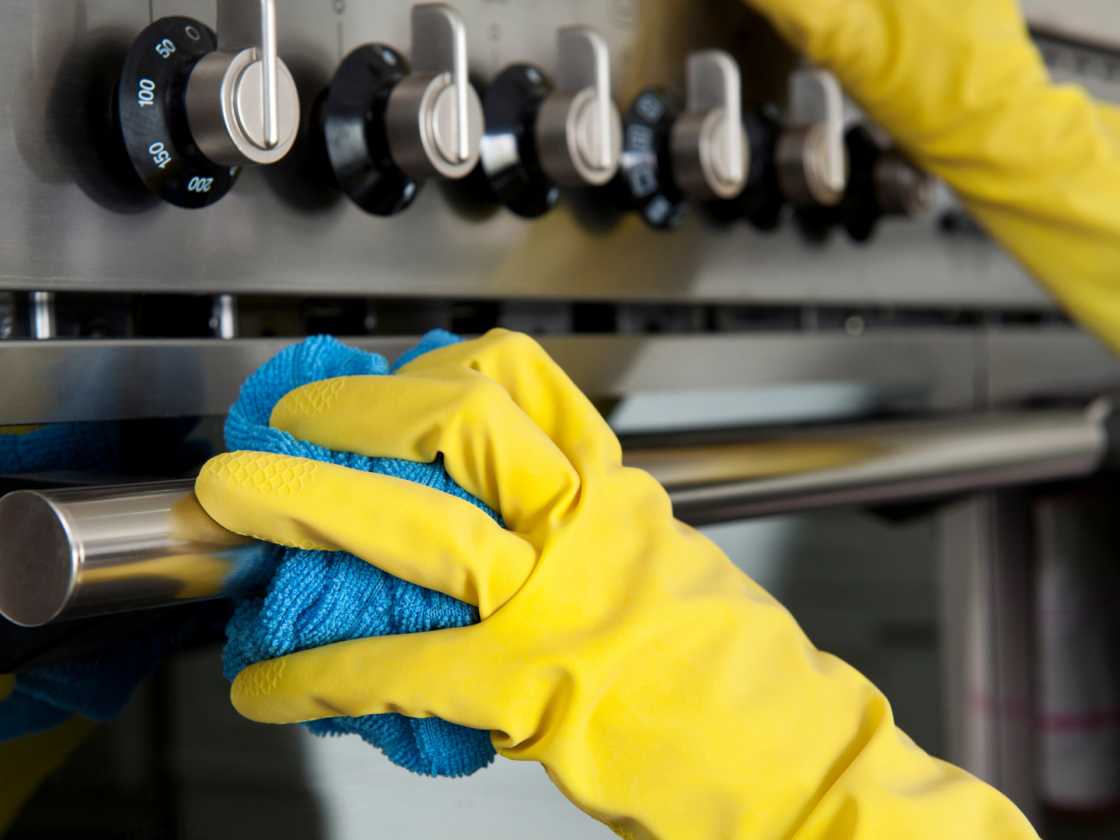Behind the sparkling surfaces of our homes lie concealed dangers that can affect our health in profound ways. Join us on a journey to uncover the hidden perils of strong cleaning chemicals—silent culprits of respiratory distress, skin woes, and allergies—while discovering the path to a safer and more eco-conscious cleaning routine.
A clean and tidy home is undoubtedly a source of comfort and pride. However, what if we told you that the very products you use to maintain that cleanliness might be silently posing risks to your health and well-being? In this blog post, we shine a light on the often-overlooked perils of strong cleaning chemicals. We'll explore the potential health hazards they bring, from respiratory issues to skin irritation and allergies, and most importantly, provide you with safer and eco-friendly alternatives that allow you to have a clean home without compromising your health or the environment.
The Health Risks of Strong Cleaning Chemicals
Strong cleaning chemicals are formulated to obliterate dirt and grime, but they can also leave a trail of health concerns in their wake. Here are some key risks:
- Respiratory Problems
Many conventional cleaning products emit volatile organic compounds (VOCs) and airborne particles that can irritate the lungs and exacerbate respiratory conditions like asthma. The fumes from these chemicals may cause coughing, wheezing, and shortness of breath. - Skin Irritation
Direct contact with strong cleaning chemicals can lead to skin irritation, redness, and even chemical burns. Those with sensitive skin or preexisting skin conditions are particularly vulnerable. - Allergies
Over time, repeated exposure to harsh chemicals may increase the risk of developing allergies, as the body reacts to the foreign substances. Allergic reactions can manifest as sneezing, runny nose, itchy eyes, and skin rashes. - Environmental Impact
Strong cleaning chemicals can have a detrimental effect on the environment. When these chemicals are washed down drains or disposed of improperly, they can contaminate waterways and harm aquatic life.
Harmful Chemicals to Look Out for When Buying Cleaning Products Safely
When shopping for cleaning products, it's crucial to be aware of the ingredients listed on the labels. Here are some ingredients to look out for to ensure the safety of your cleaning products:
Biocides: Biocides are chemicals that are added to cleaning products to kill or inhibit the growth of microorganisms. While they can be effective in cleaning, they should be used with caution due to their potential health and environmental risks.
Chemical Skin Sensitizers: These chemicals can cause skin sensitization and allergic reactions upon contact with the skin. Individuals with sensitive skin are particularly susceptible.
Endocrine-Disrupting Chemicals: These chemicals can interfere with the body's endocrine system and hormonal balance. Long-term exposure to endocrine disruptors may lead to various health issues.
Quaternary Ammonium Compounds: Commonly found in disinfecting products, quaternary ammonium compounds can contribute to antibiotic resistance in bacteria.
Volatile Organic Compounds (VOCs): VOCs are known to contribute to indoor air pollution and can lead to respiratory problems. They are commonly found in aerosol sprays and air fresheners.
Chemicals to Avoid in Cleaning Products
In addition to being aware of the ingredients to look out for, it's essential to avoid products that contain harmful chemicals. Here is a list of chemicals commonly found in cleaning products that you should steer clear of:
- Phthalates
- Benzisothiazolinone (BIT)
- Methylisothiazolinone (MI or MIT)
- Methylchloroisothiazolinone (MCI or CMIT)
- Petrochemicals
- Synthetic fragrance
- Phosphates/phosphonates
- Optical brighteners
- Urea
- Lanolin
- Tallow
- Sodium tallowate
- Glycerin (animal)
- Triclosan
- Benzalkonium chloride
- GMOs
- Chlorine bleach
Embracing Safer and Eco-Friendly Alternatives
Thankfully, there are alternative cleaning solutions that allow you to maintain a clean and healthy home environment without compromising your well-being or the planet's health. Here are some safer alternatives:
- Natural Cleaners: Look for cleaning products that are labeled as natural or eco-friendly. These often contain plant-based ingredients and omit harsh chemicals. Be mindful of “greenwashing” companies.
- Microfiber Cleaning Tools: Microfiber cloths and mops are excellent for capturing dust and grime without the need for chemical cleaners. They are reusable and environmentally friendly.
- Certified Green Products: Seek out cleaning products with recognized eco-friendly certifications, such as the Green Seal or the EPA's Safer Choice label.
- Professional Eco-Cleaning Services: Consider hiring a professional cleaning service that specializes in using eco-friendly products and sustainable cleaning practices. This ensures a thorough and environmentally conscious clean for your home.
Conclusion
A clean home should be a sanctuary, not a source of health concerns. By understanding the hidden dangers associated with strong cleaning chemicals and embracing safer and eco-friendly alternatives, you can achieve cleanliness without compromising your health or the well-being of the planet. Make informed choices when it comes to the products and methods you use to clean your home, and together, we can create a cleaner, healthier, and more sustainable future.

